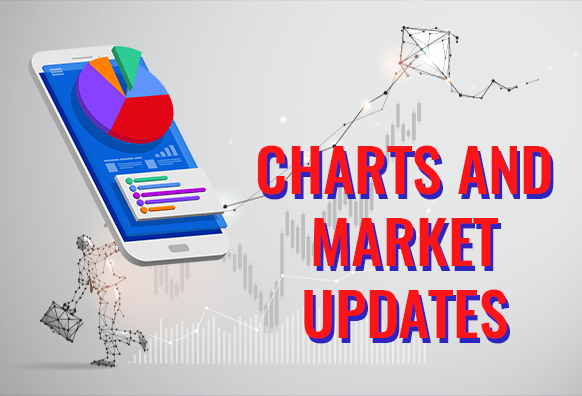Good day traders! Check now the most recent charts and market updates for today’s session. Learn more about analysis and be updated on the current happenings in the market!
NZDUSD
Jacinda Ardern is on her second term as the Prime Minister of New Zealand, and most markets are rooting for her. Her landslide victory earlier this week is projected to ignite more ambitious programs against climate change. Ardern’s government has been widely commended for handling one of the best responses to the economic effects of the coronavirus, which could now continue thanks to her win, as well. Meanwhile, the United States is under pressure for its less-than-adequate response to the pandemic as cases gradually reach back to highs last seen in July. Despite having most of its economy reopened, consumers are still understandably hesitant to go back outside. After all, its GDP had plunged in the second quarter as millions of Americans remain jobless, either permanently or temporarily. These people have been relying on the Coronavirus Aid, Relief, and Economic Security Act since March, but markets claim it’s about time this turns around.

AUDJPY
The Reserve Bank of Australia announced the possibility of another monetary easing within the year for its October board meeting, which will include the possibility of another cut in its cash rate towards negative territories, as well as another batch of buying longer-dated government bonds. The central bank’s board members noted other central banks expanding their own balance sheets. The move will likely move the market away from the dollar, considering that its cash rate is at a record low of 0.25 percent since it held an emergency cut of 50 basis points in mid-March. Economists claim that the RBA could lower its interest rates next week by 15 basis points, effectively pulling it down to 0.1 percent. The minutes will most likely pull the Aussie dollar low while its government is forced to grow more pessimistic about its outlook for its gross domestic product by the end of the year, which could turn investors toward the Japanese yen, near-term.

AUDUSD
The US President Donald Trump gained sentiment for the greenback over hopes for a stimulus breakthrough after claiming that he was going to accept a larger coronavirus aid bill despite opposition in the Republican party. As a result, the greenback could be facing the possibility of a selloff in US bonds. Businesses could be looking forward to more government borrowing. Although it’s important to note that the economic data in Australia might hinder a volatile market for the Aussie dollar. Initial estimates for Australian retail sales went down by 1.5 percent in September, which was a 4 percent decline in comparison to August. Fortunately, the negative reading was offset by a surprisingly solid 6.8 percent growth within the three months ending September, which is projected to lift the AUD. In the meantime, investors should keep their eyes out for updates from the Reserve Bank of Australia’s meeting.

AUDCAD
Canada’s annual inflation rate increased rapidly in September. The rate rose to 0.5 percent in September, up from the previous record of 0.1 percent in August. The rate was largely driven by transportation, recreation, and higher prices for housing costs in the country. In another sector, retail sales rose timidly in August from July at 0.4 percent. These measurements are projected to lift the loonie dollar against its Aussie counterpart amid rising tensions for China’s de facto trade war with Australia. Australian agricultural products such as wheat, beef, and cotton are all at risk of lessening exports toward China, its biggest market, while Australia isn’t its main supplier. Sources claim that this shadow trade war will be beneficial to China but detrimental to its counterpart, raising more concern after the country down under saw its economy plunge in its first recession in nearly 40 years because of the pandemic.










